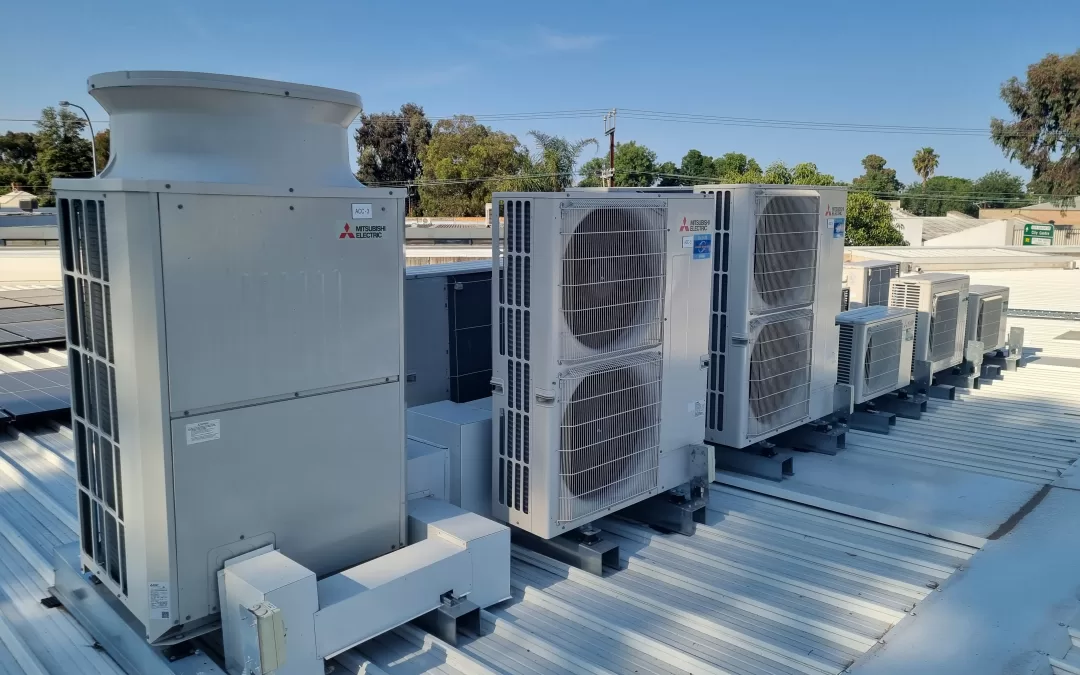
The Impact of Ductwork Design on HVAC Efficiency and Home Comfort Oct 14, 2025
Ductwork serves as the transportation highway for warm or cool air to travel from your HVAC unit to various parts of your home. If the design and installation of this ductwork are less than optimal, you could face significant inefficiencies. Poorly designed ductwork can lead to substantial energy loss, resulting in higher utility bills and less effective heating or cooling in your home. A well-designed ductwork system, on the other hand, ensures that air is distributed evenly, your system doesn't have to work as hard, and your home maintains a consistent temperature, leading to enhanced comfort.
One of the main aspects where ductwork design can affect efficiency is through air leakages. In many homes, duct systems are improperly sealed or have developed leaks over time. This can lead to 20% to 30% of conditioned air escaping into attics or crawl spaces, significantly reducing energy efficiency. Sealing duct joints with proper materials and using mastic sealant or metal-backed tape can dramatically reduce this loss, improving the system's overall efficiency.
Airflow resistance is another critical factor in ductwork design. Ducts that are too small or have too many bends can restrict airflow, causing your HVAC system to work harder to push air through. By ensuring that ductwork is adequately sized and strategically planned with minimal sharp turns, you can reduce this resistance. Additionally, using smooth, rigid ducting instead of flexible ducting where possible can also decrease resistance and improve air distribution.
Another consideration is duct insulation. Uninsulated or poorly insulated ducts can lose heat in the winter and gain heat in the summer, impacting the temperature of the air arriving in your living spaces. Insulating ducts that run through unconditioned areas like attics or basements helps maintain the desired temperature of conditioned air, increasing both comfort and efficiency.
Moreover, well-designed ductwork results in quieter operation. When conditioned air flows smoothly through adequately sized ducts, you'll likely experience less noise than if your ducts were undersized or improperly configured. This translates into a more relaxing home environment.
In conclusion, at Universal Heating And Cooling, we emphasize the importance of considering ductwork design as a fundamental aspect of your HVAC system. Good design and regular maintenance can lead not only to lower energy bills but also to improved comfort and longevity of your HVAC equipment. Don’t wait until poor ductwork affects your comfort and your wallet. Consult with a professional today to ensure your ductwork is designed for maximum efficiency and home comfort. Your home should be a haven of coziness, and the right ductwork design is a significant step towards achieving that.
/filters:no_upscale()/media/64670edd-721d-4a24-aca3-496a5d4c1e4f.jpeg)
/filters:no_upscale()/filters:format(webp)/media/8a15910c-a854-4c2a-92c9-61b39464b9a3.jpeg)